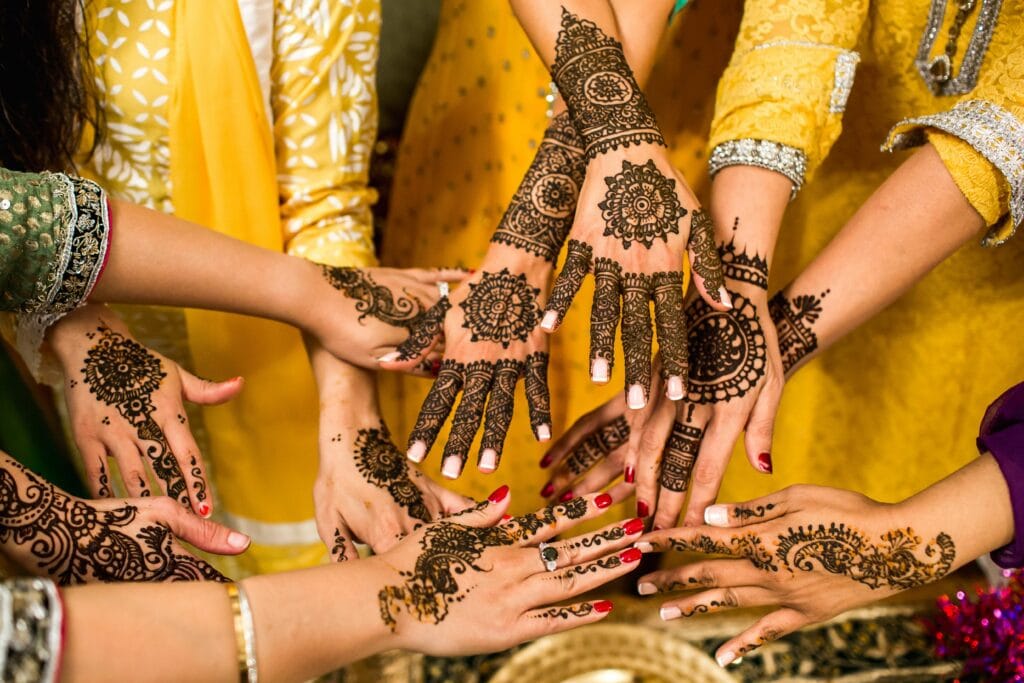Lost in cultural translation: challenges of mixing norms

Cultural norms are the shared expectations, beliefs, values and behaviours that are considered appropriate or typical within a particular group or society.
They are so ingrained in us and our everyday interactions with people, that we may not even be aware of them and just consider them to be – well, normal! Here are three examples of what can go wrong when two different cultural norms meet…
Gender norms in business meetings
Ngaire, a female CEO from New Zealand, was in a business meeting with Nazim, a male executive from a Middle Eastern country. During the meeting, Nazim did not make eye contact with Ngaire and seemed to ignore her when she spoke. Feeling disrespected, Ngaire assumed Nazim’s behavior was sexist and became increasingly frustrated, derailing the progress of the meeting.
However, after the meeting, she learned that in his culture, men and women are not supposed to make prolonged eye contact, especially if they are not related. Nazim was simply following the cultural norms of his society and his behaviour was not meant to be disrespectful or dismissive. Ngaire realised that she needed to be more aware of cultural differences in gender norms when working with colleagues from different parts of the world.
Nonverbal cues in cross-cultural meetings
Cultural miscommunication can arise from differing expectations of nonverbal cues. For example, in Japan, it is considered respectful to listen carefully and show interest in what the speaker is saying by remaining silent and making minimal facial expressions. However, in the United States, nodding and smiling are often seen as signs of agreement or understanding.
In one example, a Japanese professor, attending a meeting with American colleagues, was silent throughout the discussion, believing that he was showing respect and attentiveness. However, his colleagues interpreted his silence as disagreement or disinterest and the meeting ended without any clear decisions made. The Japanese professor was later surprised to learn that his silence was perceived as unresponsiveness and uncooperativeness. This revelation highlighted the significance of understanding cultural communication norms to avoid misinterpretations.
Respecting elders
In many cultures, showing respect to older people is very important and failing to do so can cause offence. For example, in many East Asian cultures, it is customary to address elders using formal titles and honorifics, such as “grandmother” or “grandfather,” even if they are not blood relatives. In contrast, in many Western cultures, it is more common to address elders by their first name, which could be perceived as disrespectful in other cultures.
Understanding these differences in cultural norms around age, gender and respect can help avoid misunderstandings and improve communication between people of different cultures.
Addressing cultural differences
In a globalised society like we have today it is up to everyone to appreciate each others cultural differences. The more work we put into appreciating those differences the more benefits we’ll receive from improved relationships and partnerships.
In order to communicate effectively and prevent misunderstandings with people from different cultures, it’s important to understand and appreciate their cultural norms. By recognising and respecting differences in age, gender and how respect is shown, we can bridge the gap between cultures and build stronger relationships. In our interconnected world, it’s vital for everyone to embrace and learn about different cultures.






Responses